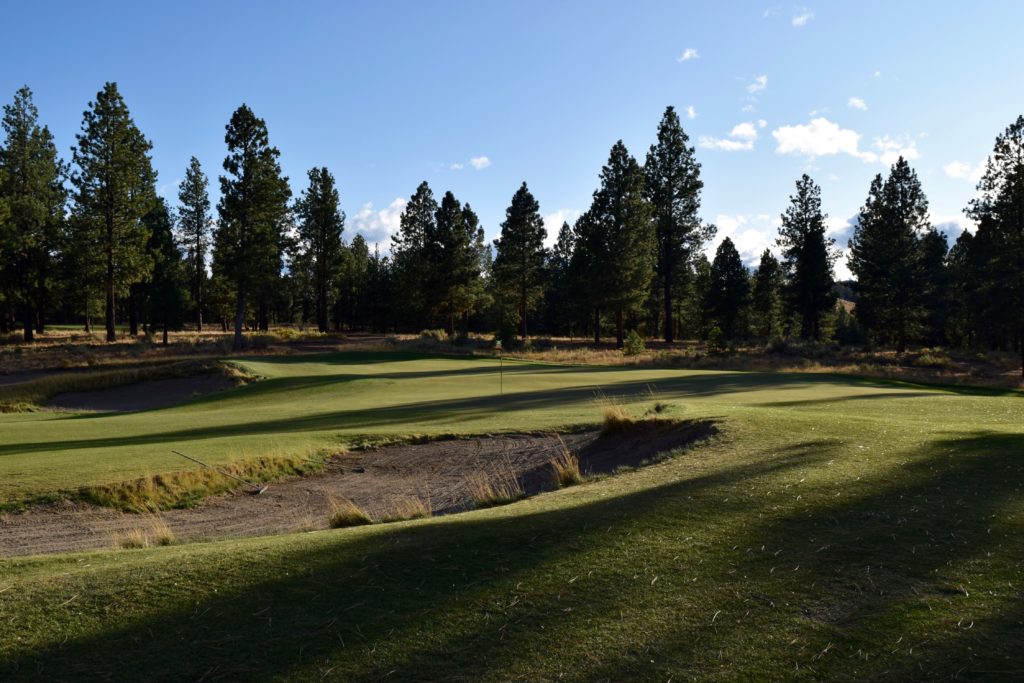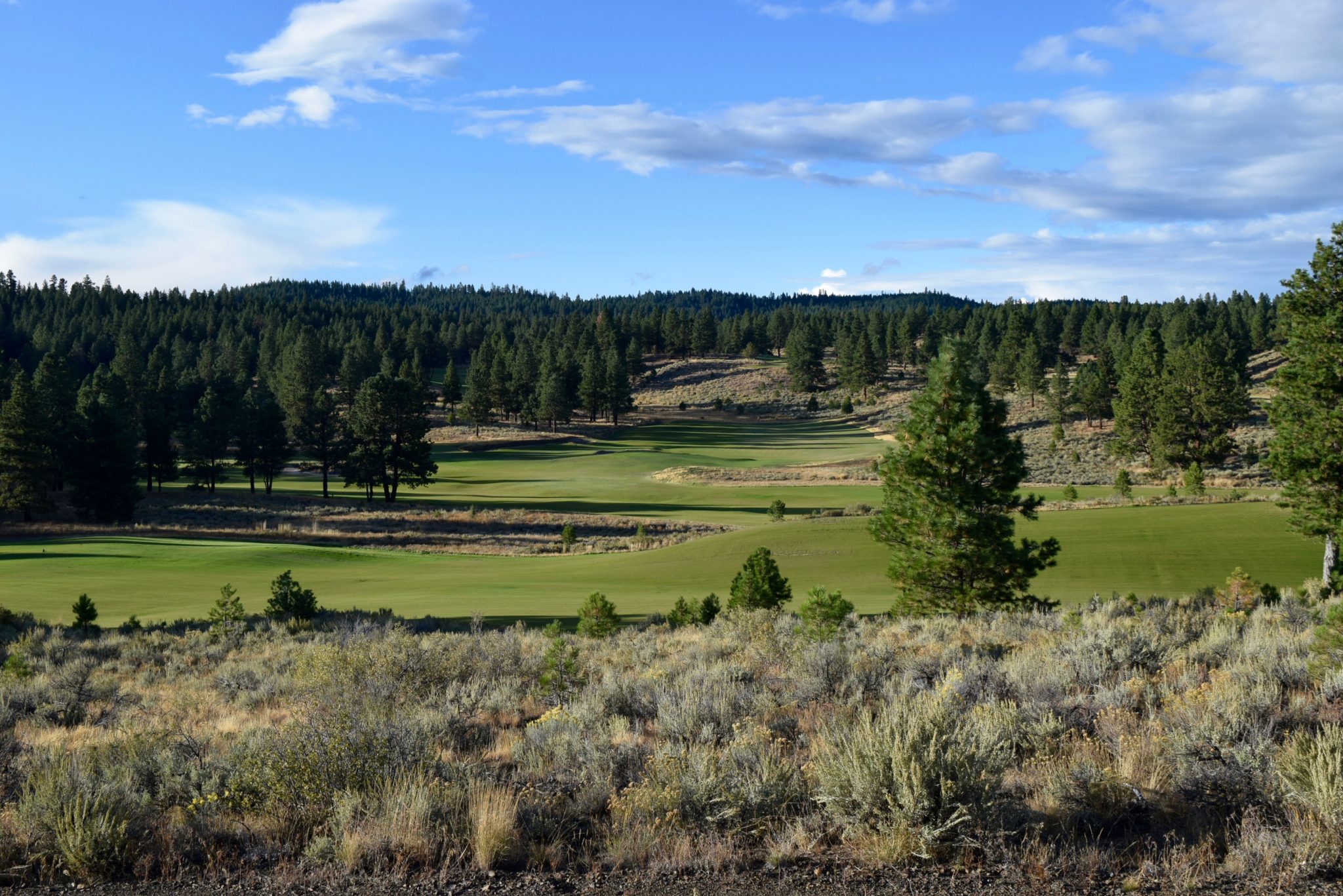Silvies Valley Ranch: Dan Hixson’s courses in isolation
Scott Campbell blends ranching, luxury, golf at The Retreat & Links at Silvies Valley Ranch
SILVIES — In the eastern half of Oregon, on a straight as-the-crow-flies line from Eugene, is Silvies Valley Ranch. It covers 140,000 acres, which can be a hard concept to grasp; maybe easier to visualize is the fact that the ranch is 25 miles long, on Route 395 between John Day and Burns, and as much as 16 miles wide.
Certified organic cattle, about 4,500 head, graze on the ranch, eating nothing but grass until the snow covers the ground, and then hay.
American Range goats, now numbering about 1,700, prosper there, under the watchful eye of Peruvian herders and Australian sheep dogs and white-furred Great Pyrenees to ward off the coyotes.
This vast landscape in Oregon’s high desert, 4,600 feet above sea level, covers pastures and meadows and stretches of sagebrush and forests of Ponderosa pine. In a single day, you can see a herd of elk stampeding, and pronghorn antelope and deer, and there are black bears and cougars, too, on the ranch and bordering U.S. Forest Service land.
On the ranch, which dates to 1883, are the relics of a Native American population that lived here long before first white settlers, and the weathered cabins of homesteaders.
And now, just a small footprint in this enormous area, there is an intimate and classy high-end resort that opened in July, with well-appointed cabins and a lodge with a bar and dining room and, amazingly, two remarkable 18-hole golf courses carved out of the sagebrush and Ponderosas.
This is The Retreat & Links at Silvies Valley Ranch.
The par-72 golf courses, each just over 7,000 yards from the tips, were designed by Dan Hixson, the golf architect (Bandon Crossings, Wine Valley) who learned the game as a kid in Cottage Grove. They are called Craddock and Hankins, after old homesteading families, but they share more than a homage to history.
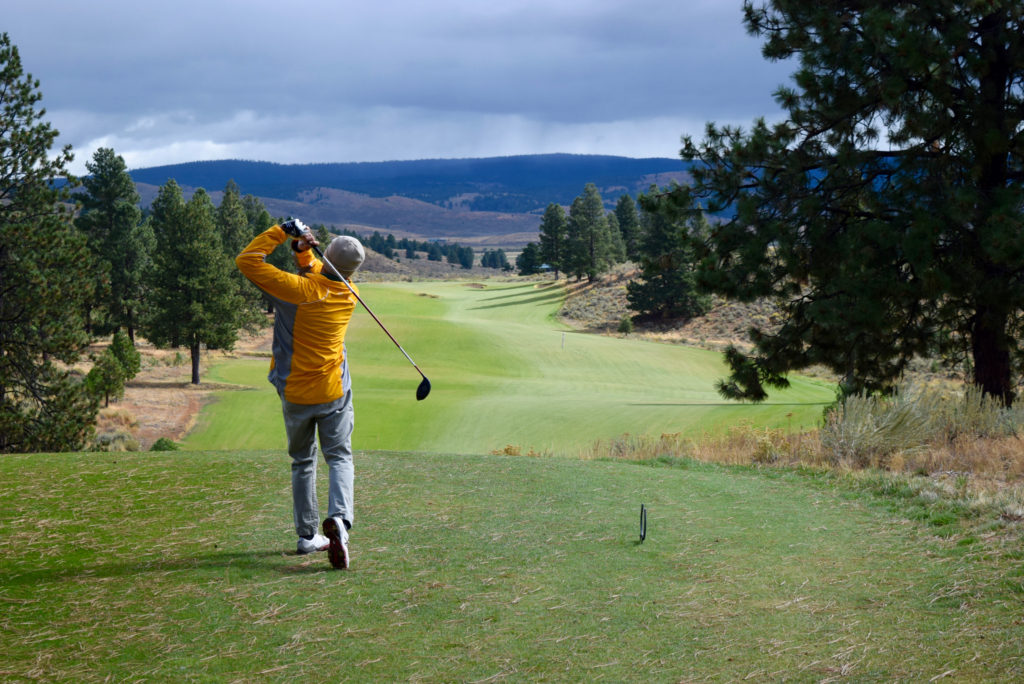
They share the same ground, because these are so-called reversible courses, with 16 shared fairways, and 27 greens, an intricate jigsaw puzzle, a concept that ranch owner Scott Campbell embraced because it is virtually unique, more efficient to maintain and would encourage golfers to spend a night, at least, for the chance to play both.
Does it work? Absolutely, and wonderfully.
“They feel like totally different courses,” said Greg Brady of Bend, golfing at the resort in late September, before the courses closed for the winter. “I’m impressed and surprised. Super-impressed, honestly.”
Will it succeed? Ah, there’s the question; The Retreat & Links at Silvies Valley Ranch is close to six hours driving from Eugene, about 300 miles; it’s about a three-hour drive from airports in Boise and Redmond, and there is a private landing strip. The high-desert winters make for a shorter season, and weather will determine when the golf courses reopen next spring. Daily golf fees are $260, and $225 for resort guests; room rates for the 34 rooms, with just 44 beds, range from $310 to $850 per night. (Residents of Grant and Harney county who belong to country clubs in John Day and Burns can play the courses for $105.)
The Bandon Dunes angle
The against-the-odds remoteness, and the cost, lead to comparisons to Mike Keiser’s now world-famous Bandon Dunes Golf Resort on the southern Oregon coast, and the resort/golf operation has the same management company, Kemper Sports, and has attracted former Bandon Dunes general manager Hank Hickox to serve on its advisory board.
But the comparison only goes so far.
Keiser, an avid golfer, built a resort that is all about golf, period.
For Campbell, 60, the ranch comes first, a venue to raise grass-fed beef for exclusive markets, and to raise goats — Campbell and his wife, Sandy, started the herd with hand-picked stock, a few animals at a time — to serve in restaurants as chevon, and to restore meadows and provide a living ranch and land-management classroom for students and researchers.
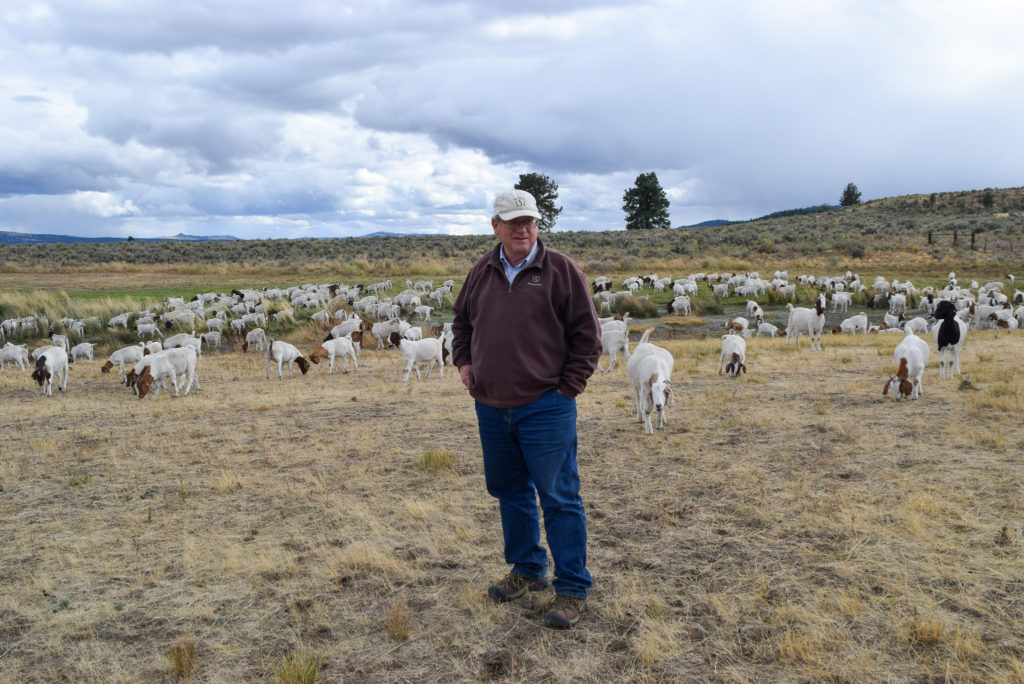
A retired veterinarian who formerly owned Banfield Pet Hospital in Portland and opened clinics in more than 800 PetSmart stores, Campbell grew up in Burns, minored in ranch management in college and purchased the property in 2007. He’s spent the ensuing years restoring the land and its infrastructure; in his perspective, the resort is simply “a small part of what we’ve done.”
Campbell built the resort to promote tourism in Grant and Harney counties — about 5,000 acres are now zoned for the resort, and he has legislative approval to build up to 575 cabins, though he scoffs at the notion of ever getting that big.
Campbell’s multi-layered marketing plan targets destination vacationers looking for a special western experience — cattle drives and target shooting, wildlife-watching and bird-watching, opportunities to fish and hike with local guides, though this is emphatically not a dude ranch. Significantly, he sees the resort as a venue for corporate retreats and sought to provide an atmosphere of activities and amenities appealing to women.
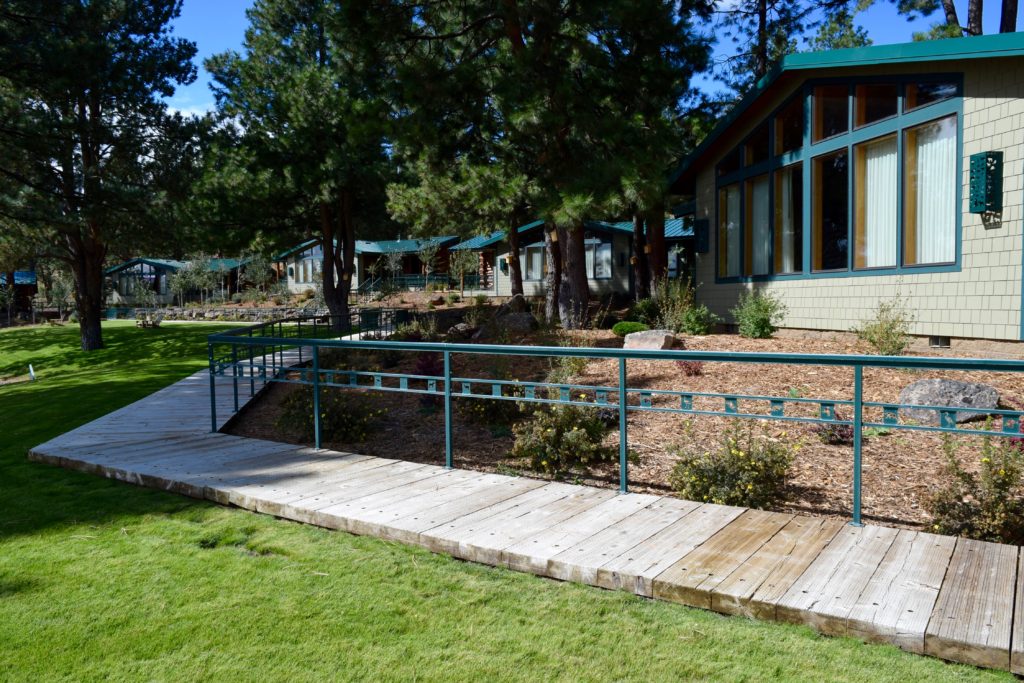
Now, Campbell also sees golf as a draw, a place for golf buddies to schedule that special once-a-year-trip and feel like they belong to an exclusive private club. Guests leave their cars at the gate, and are given a golf cart for the duration of their stay, and eat family-style dinners in the lodge (a function of ambiance and the limitations of a small work force). For now, Campbell is happy with a tee sheet of 60 golfers a day, just 15 foursomes.
But golf at the resort was somewhat of an afterthought, and potentially just nine holes. And then Campbell, a non-golfer, became so frustrated with the difficulty of selecting an architect who would A., not cost a fortune, and B., invest personal time on the ranch rather than make a couple of ceremonial visits and design the course by computer, that he was ready to kick the golf idea to the side.
To the rescue came Vernie the plumber.
Dan Hixson’s vision
Owner and president of Kodiak Plumbing Inc., a contracting business in Portland, Vernie Santos is a friend and business associate of Campbell and an avid pro-am golfer, well-acquainted with golf pros in the Portland area. Around 2009, Campbell asked Santos to ask around about a golf architect, ideally one with Oregon connections.
The name that kept coming up was Dan Hixson, who had recently finished Wine Valley Golf Club in Walla Walla, Wash., and who was a familiar name to club pros because he’d been one, in the footsteps of his father, Harvey (Hidden Valley, Crooked River Ranch), and along with his brother, Doug, now at Quail Valley.
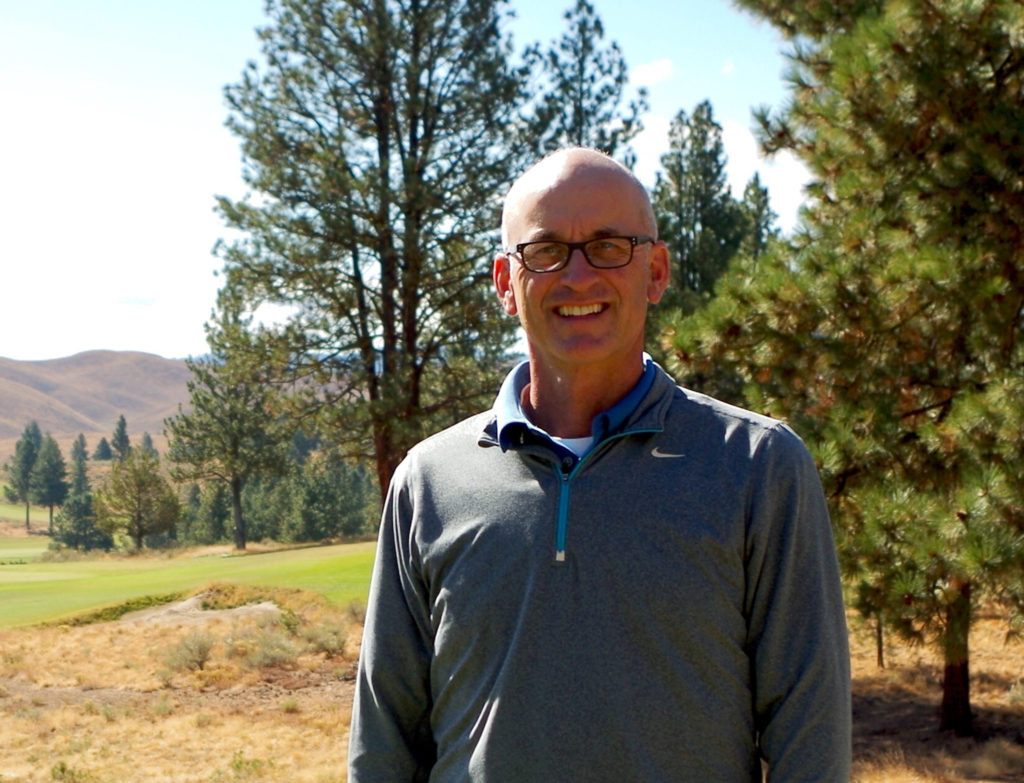
Santos arranged a meeting, and Hixson and Campbell hit it off over beers. Campbell’s offer was unique — instead of paying Hixson a fee, he would hire him as an employee, and give him 10 percent ownership of the golf operation. Hixson, who loved the site, accepted.
“I don’t think either one of us thought it would take eight years from then to now,” Hixson said.
The first hurdle: Mosquitoes, which on an early visit surrounded them in swarms.
“I told them “I think I could build a really cool golf course out here, but I don’t think anyone will come because of the mosquitoes,’” Hixson said. “It was like Alaska.”
Campbell developed a plan — birdhouses, ultimately 5,000 of them, and bat houses, to attract the birds and bats to control the mosquitoes. It’s worked dramatically, Hixson said.
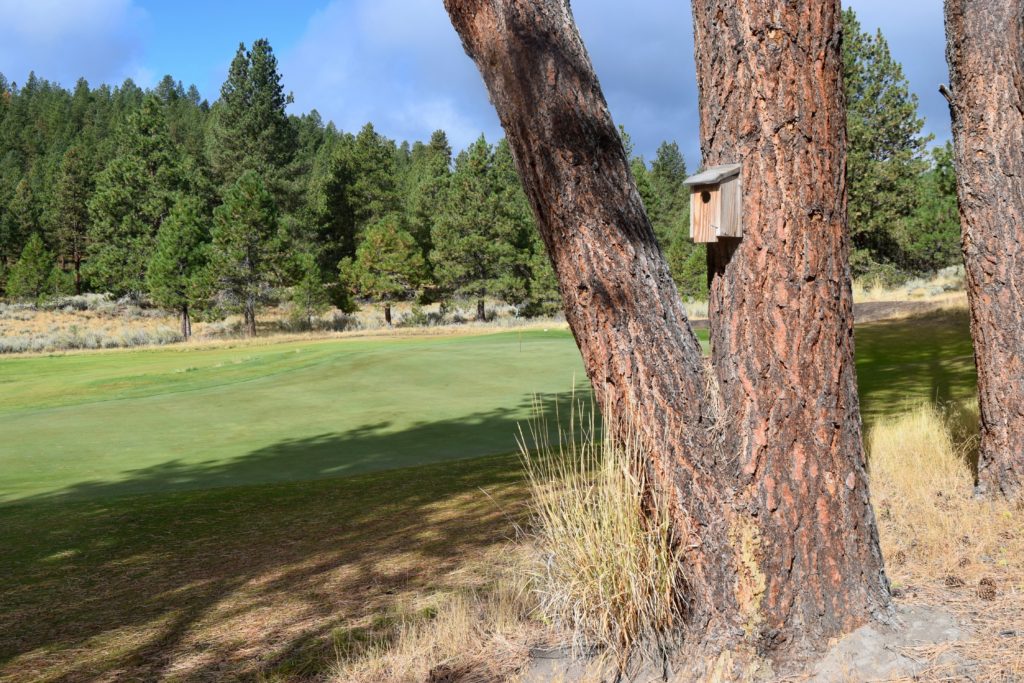
In the late summer of 2009, perhaps over a bottle of Scotch, Hixson floated the idea of some reversible holes on the course, like the Old Course at St. Andrews. “Why can’t we do the whole thing that way?” Campbell asked.
“That was a huge decision for all of us,” said Hixson, who had been mowing down the sagebrush, learning the contours of the site. “I knew the land was there. … We all could see the beauty pretty quick, and so many of those holes didn’t change. You looked at the property and thought, ‘there’s a golf hole, all you have to do is get it to turf.’”
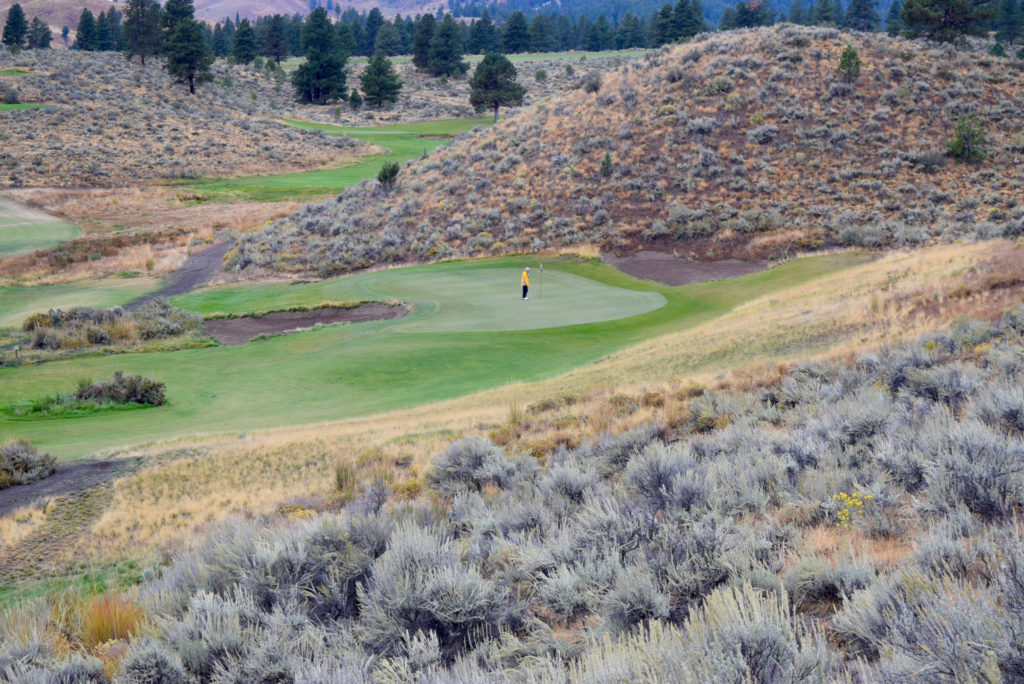
Over the ensuing summers, in the short eastern Oregon season, Hixson would go to Silvies Valley Ranch many times, a couple of weeks at a time, living in various ranch houses, and once over a barn. “He became part of the family,” Campbell said.
After clearing and cleanup, actual golf course construction started in 2010, with a small crew of six, including Hixson, who often in evenings would end a long day by mowing.
Comparing the courses, the Hankins course seems to feature more elevation changes, Craddock is perhaps a bit tougher; the shared tee complex at No. 7 Hankins and No. 13 Craddock measures 4,887 feet above sea level, highest point for golf in Oregon.
In designing the courses, Hixson realized that slavish devotion to the reversibility concept would create some bad golf holes, given the 100 feet of elevation change on the site, so he created some fairways and greens that are unique.
“Very quickly it was about building two really good golf courses, instead of sticking to that rule of 18 greens and things like that,” Hixson said. “If someone said ‘it’s not a true reversible course,’ I would say ‘big deal.’ That really doesn’t matter. To me it’s reversible, even though you play some holes in only one direction. You end up in the same spot, and one day go clockwise, and the next day counter. I think it makes it more interesting that I didn’t try to stick to certain rules. Heck, there were no rules. …
“Most resort courses, I think they oversimplify, and sort of dumb it down. I wanted a place where when you walked away, you were inspired and intrigued to come back and learn more and figure it out more.”
In general, fairways at Craddock and Hankins are wide, the bunkers rough-edged and rustic, the greens as demanding as you’ll find. With no houses, save for a ruined homestead, golfers play in splendid isolation. Carts are allowed, but not required. And there’s a certain whimsy, inspired by Campbell, who allegedly forbade water hazards because he hits into them too much; there’s a longest-drive contest on No. 18 at Hankins, a reward for one-putting the last four holes at Craddock, and inspirational sayings on the bunker rakes, including “No crying.”
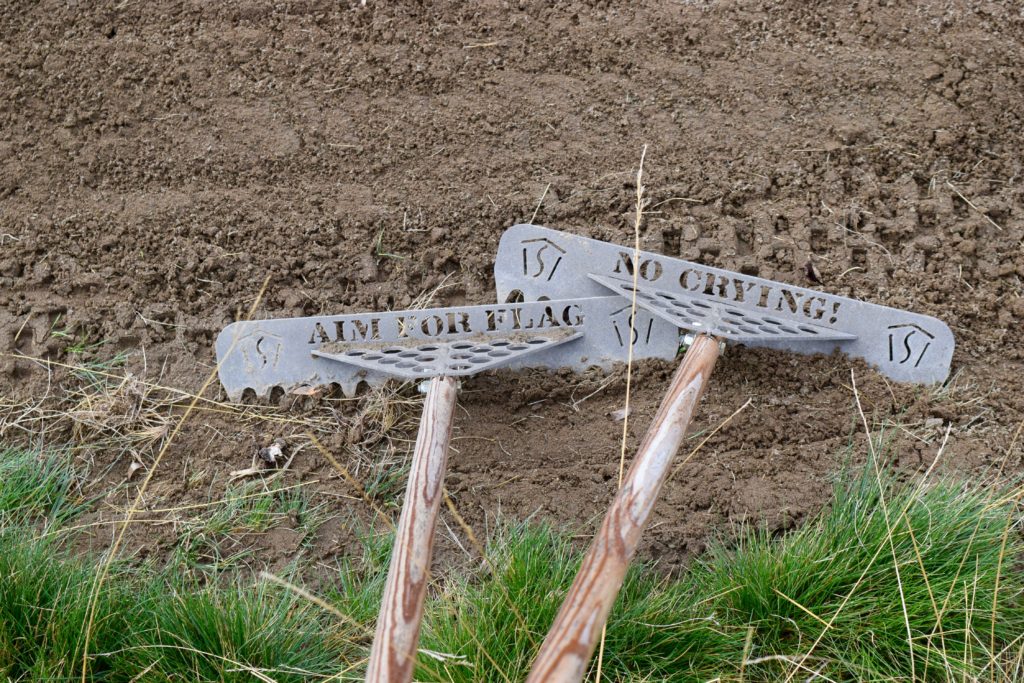
A work in progress
When weather permits, building will continue at Silvies Valley Ranch. A spa, scheduled to open next year, is under construction; it will feature a half-Olympic length lap pool, exercise equipment, a climbing wall and saunas.
A nine-hole par 3 course, the Chief Egan course, opened this summer, and next summer Hixson will open seven to eight more holes, called McVeigh’s Gauntlet on a ridge, for a separate target-golf experience.
Five years from now, Campbell envisions the resort attracting 3,000 tourists annually, including 70 to 120 golfers per day.
By then the resort could be open as much as 10 months out of the year, though the golf season figures to be a May-October schedule.
“We’re going to have a lot of play,” Hixson said. “I’ve talked to a bunch of pros and everybody is asking me about bringing groups over there. … I think the numbers are going to be there. I’ve always been confident that it would find its place.”
After all, what a place it is.
(A version of this story originally appeared in The Eugene Register-Guard, Oct. 10, 2017.)
